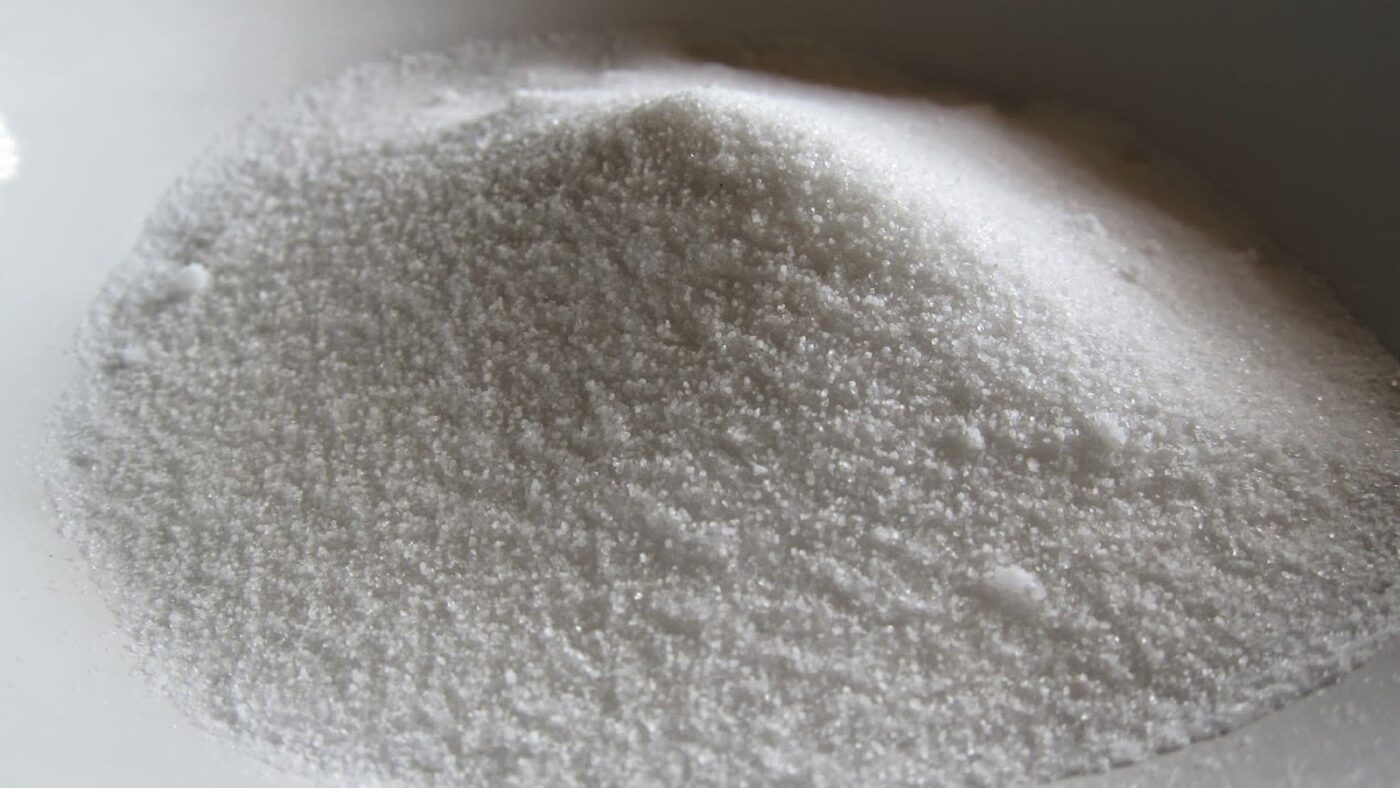Why does my ear feel clogged after cleaning it with hydrogen peroxide? This is a common question many people ask after using this household remedy. While hydrogen peroxide is often touted for its effectiveness in cleaning ears, it can sometimes lead to feelings of fullness or blockage. Understanding the underlying reasons for this sensation can […]
If you’ve recently noticed an unusual odor in your home and are wondering, “Why does my house suddenly smell like formaldehyde?” you’re not alone. Many homeowners encounter this perplexing issue, often linked to common household items and environmental factors. In this article, we will explore the potential causes, effects, and solutions to this unsettling problem. […]
When it comes to antacids, many people wonder, “Is calcium carbonate the same as TUMS?” This question arises frequently due to the common use of TUMS as an over-the-counter remedy for heartburn and indigestion. To answer this, we need to delve into the composition of TUMS and the properties of calcium carbonate. In this article, […]
Acetic acid, also known as ethanoic acid, is a common organic compound with the chemical formula CH3COOHCH_3COOHCH3COOH. Why acetic acid is classified as a weak acid? The classification stems from its ability to partially dissociate in water. Understanding this classification requires exploring the properties of weak acids, the dissociation process, and the implications of acetic […]
When it comes to hair treatments, many people wonder, can you put a sodium hydroxide relaxer under the dryer? Sodium hydroxide relaxers are a popular choice for achieving straight, sleek hair. However, using heat during the application process raises questions about safety and effectiveness. This article will explore the implications of using a sodium hydroxide […]
Sodium carbonate, commonly referred to as soda ash or washing soda, is an essential chemical compound with the formula Na₂CO₃. This white, odorless powder plays a significant role in various industrial applications and household uses. Understanding what sodium carbonate is as a formula and its various properties can provide valuable insights for both professionals and […]
Phosphoric acid in drinks has become a topic of discussion among health-conscious individuals and nutritionists alike. Many people often wonder, is phosphoric acid in drinks bad for you? This article aims to delve into the effects of phosphoric acid found in soft drinks and other beverages, examining its potential health risks, benefits, and everything you […]
Food grade hydrogen peroxide is a powerful oxidizing agent that has a variety of applications, especially in food safety and health. This versatile compound is commonly used in various industries, but many people are still unaware of its benefits and uses. In this article, we will explore what food grade hydrogen is used for, its […]
Formaldehyde is a chemical compound that many people encounter in everyday life. But what does formaldehyde do to the body? Understanding its effects is essential, especially as it is commonly used in building materials, household products, and even some medical applications. In this article, we will explore what formaldehyde does to the body, its sources, […]
When it comes to choosing a calcium supplement, many people often wonder, “Which is better: calcium citrate or calcium carbonate?” Both forms of calcium are popular choices for individuals looking to boost their calcium intake for bone health and other bodily functions. However, understanding the differences between these two supplements is crucial for making an […]










